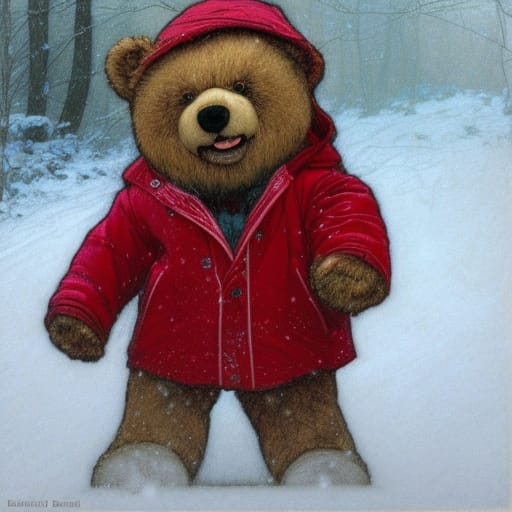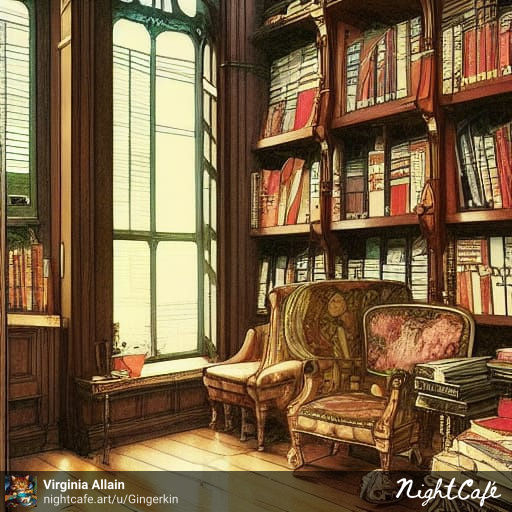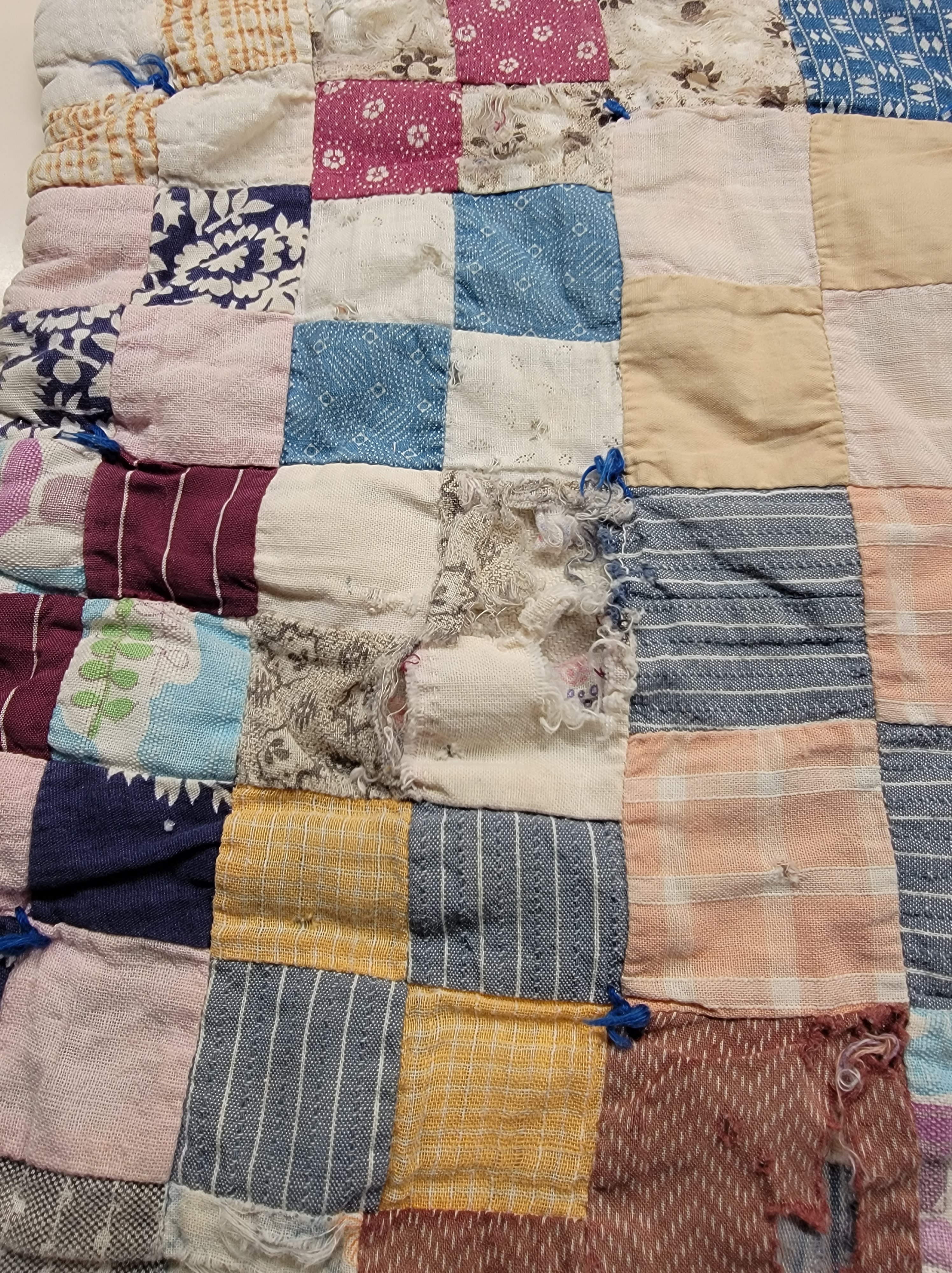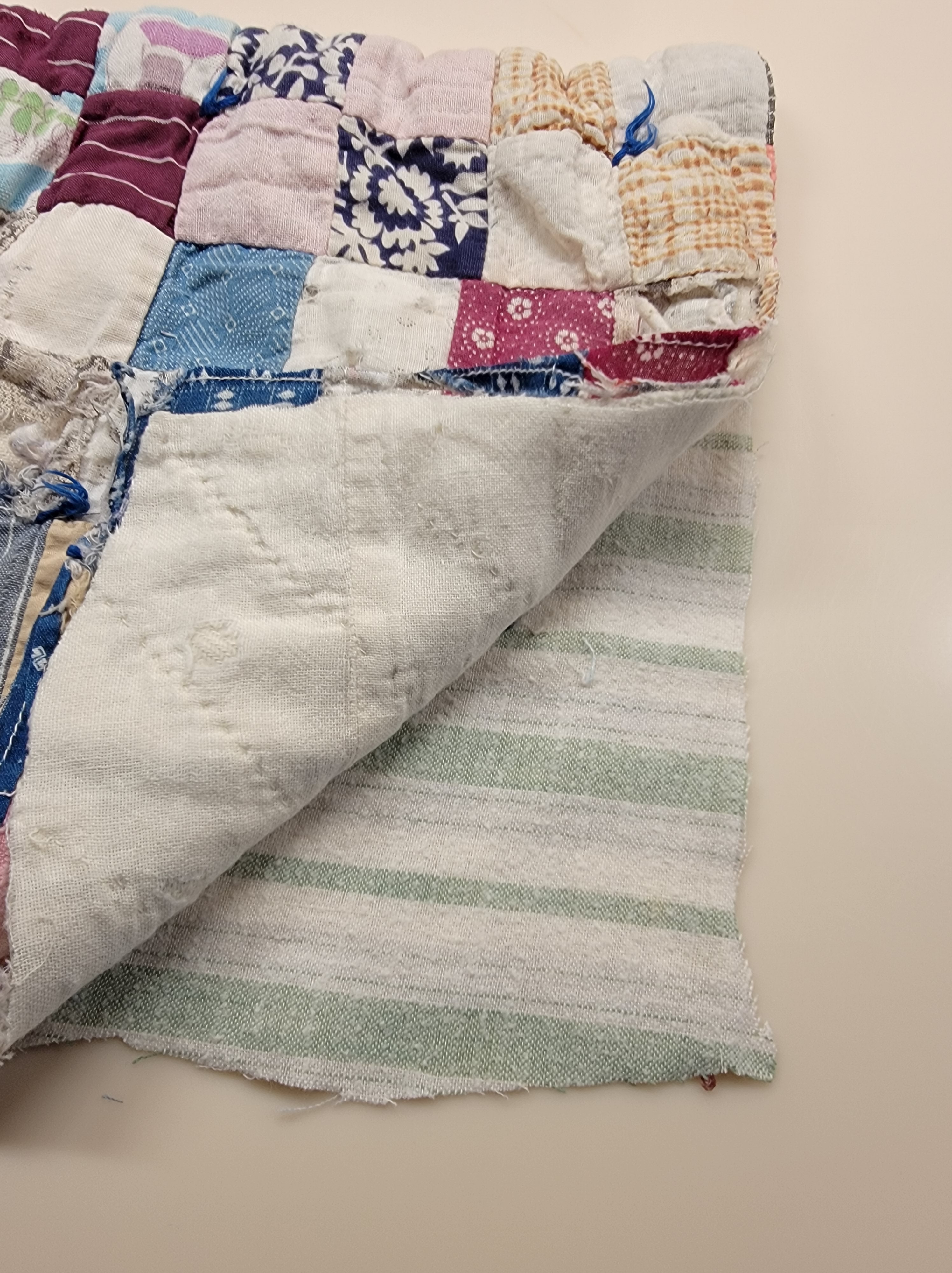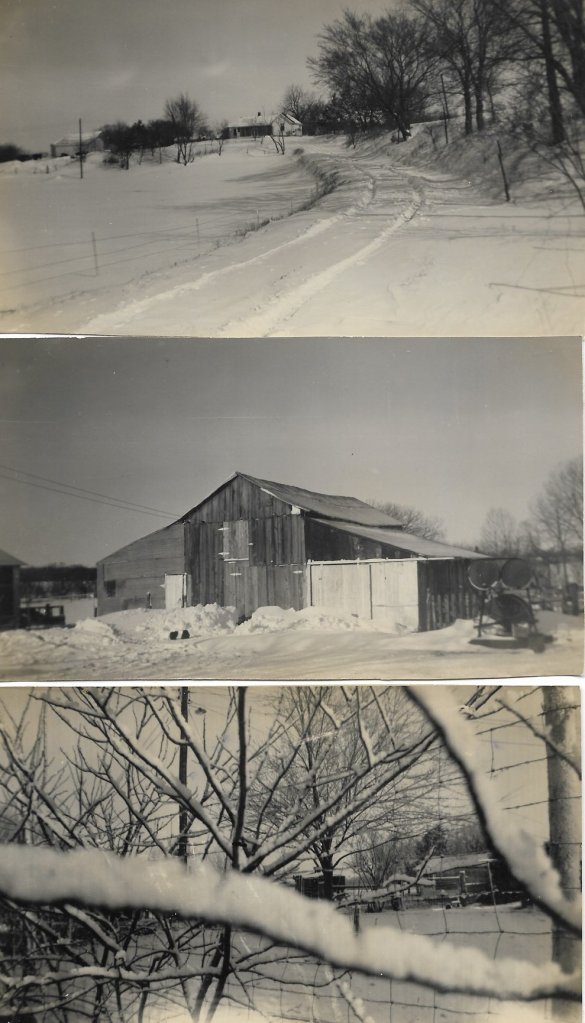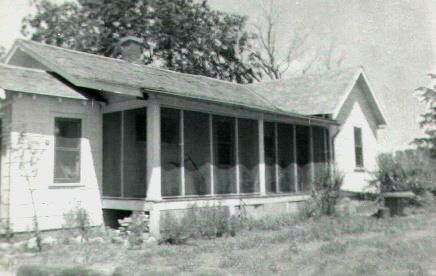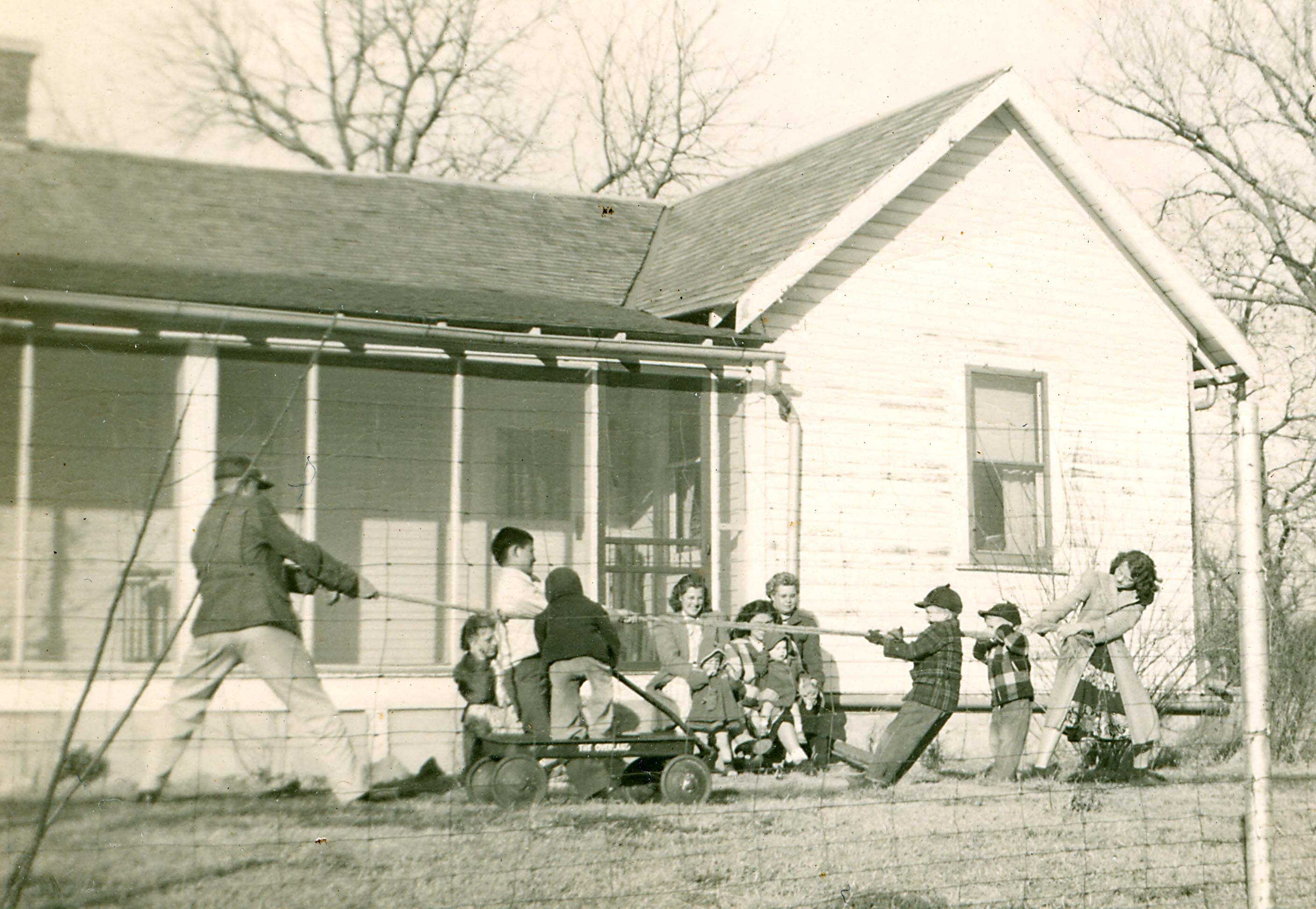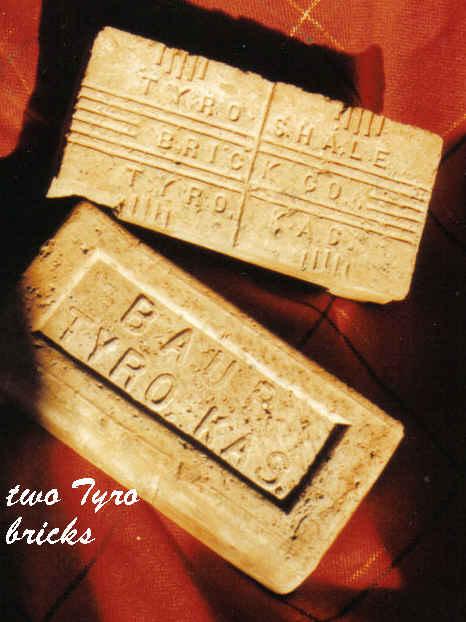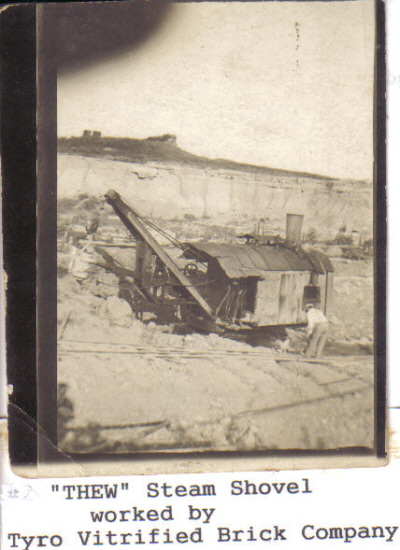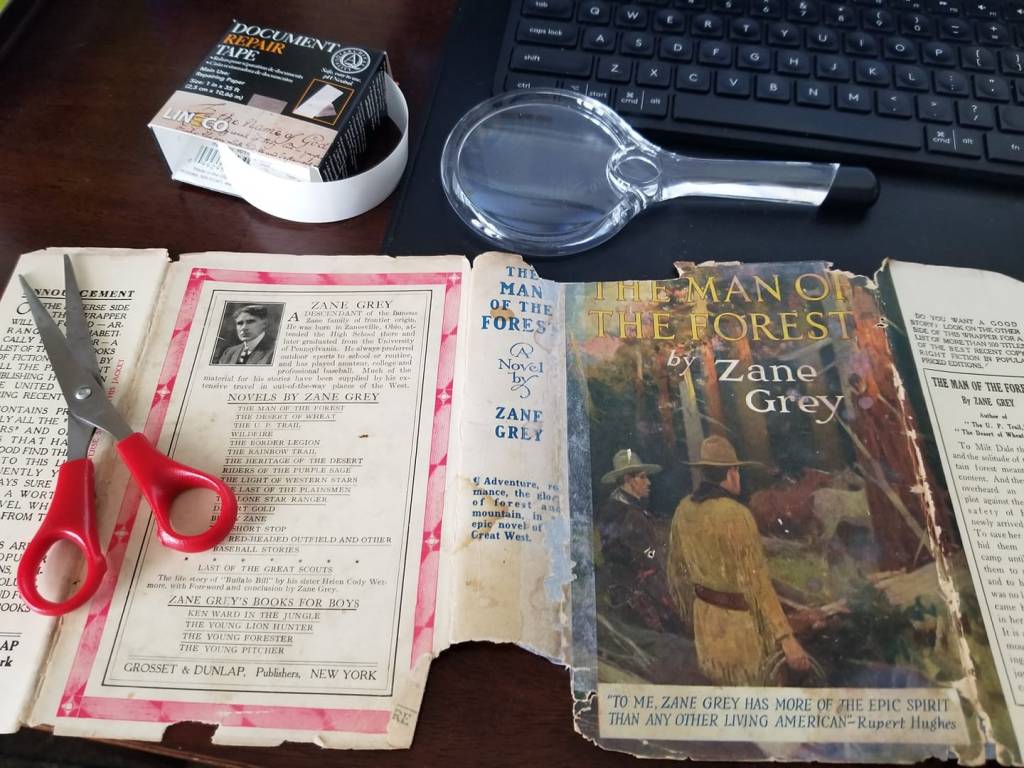I remember Mama making a big pot of oatmeal on wintery Kansas mornings. It took a good amount to feed eight people. One kid was designated to tend the toast to go with the oatmeal. It was cooked on the oven rack and had to be watched so the toast didn’t burn. Another kid would set the table with the bowls and tableware. Toppings for the oatmeal included sugar and brown sugar then thick cream from our Jersey cow was poured over it. The toast was liberally spread with our homemade butter.
It made a good stick-to-your-ribs breakfast that prepared us for our morning chores of feeding and watering the rabbits and chickens before we walked up the long driveway to catch the school bus. Dad would be heading out for work on the drilling rig and a filling, hot breakfast was necessary.
It’s not uncommon to feel nostalgic about certain foods that we enjoyed during our childhood, such as oatmeal, thick cream, and brown sugar for breakfast. These foods may have been associated with pleasant memories and feelings of comfort, security, and love, which we sometimes try to recreate or relive as adults. I call it comfort food.
Oatmeal, in particular, is a classic breakfast food that has been enjoyed by generations of families. It’s a warm, hearty, and filling dish that is rich in fiber, protein, and essential nutrients, such as iron, magnesium, and zinc. Keeping in mind that the thick cream and sugars are high in calories and saturated fat that can have negative health effects. Since I’m not exercising enough these days to counter that, I’ve had to modify my oatmeal toppings.
Oatmeal is easier to prepare these days with quick oats, some water, and a zap in the microwave. Then I top it with some fresh fruit, nuts, seeds, and a sugar substitute. We make our own trail mix with a variety of seeds and nuts (walnuts, almonds, pecans) so that’s easy to sprinkle over the hot oatmeal. For fruit, I think strawberries, banana slices, blueberries, blackberries, and even pineapple chunks go well with the flavor of oatmeal.
If you’re feeling nostalgic for oatmeal, thick cream, and brown sugar, why not try recreating this classic breakfast dish with a healthier twist? You can use low-fat milk or plant-based milk instead of cream, and swap brown sugar for natural sweeteners, such as mashed bananas, dates, or honey. You can also experiment with different types of grains, such as quinoa, buckwheat, or millet, to add variety and nutrition to your breakfast routine.














